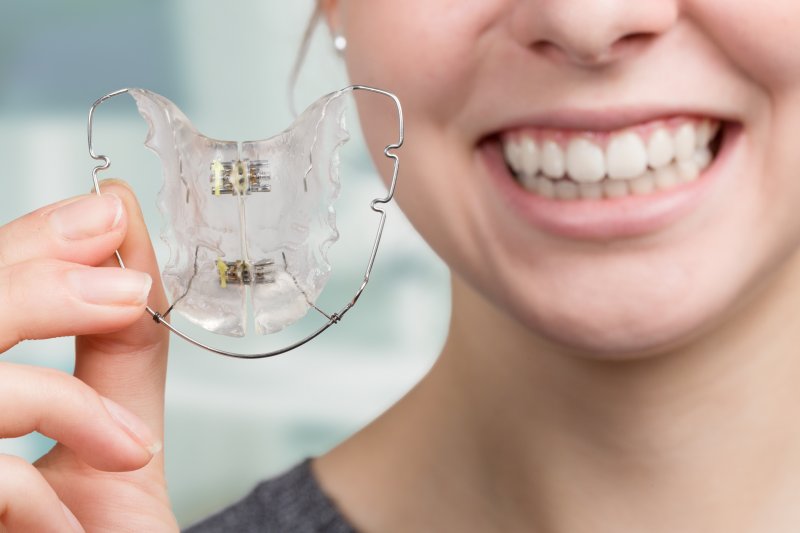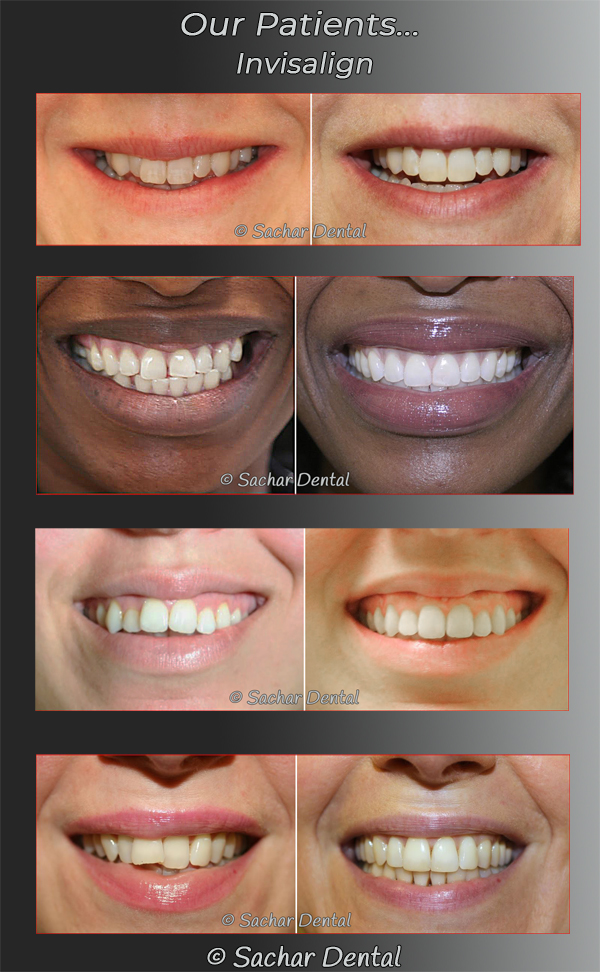What to Expect Throughout Your Invisalign Journey: A Comprehensive Introduction
What to Expect Throughout Your Invisalign Journey: A Comprehensive Introduction
Blog Article
Invisalign vs. Conventional Braces: Which Choice Is Right for You?
When taking into consideration orthodontic treatment, the option between Invisalign and typical braces provides a number of vital elements that warrant careful examination. Invisalign offers a discreet choice with removable aligners, while typical dental braces supply a more visible yet efficient solution for severe misalignment.
Summary of Treatment Choices

On the other hand, conventional dental braces include steel brackets and wires that are bound to the teeth. This approach uses continual stress in time to achieve placement. While effective for intricate orthodontic issues, standard braces call for regular check outs for adjustments and can present difficulties in maintaining dental health as a result of the problem of cleansing around wires and braces.
Both options have their advantages, and the selection often rests on certain oral problems, way of life preferences, and person compliance. Inevitably, consulting an orthodontic expert is critical for identifying one of the most ideal treatment plan customized to individual demands. Recognizing the subtleties of each choice can dramatically influence the general success of orthodontic therapy.
Aesthetic Considerations
A considerable variable affecting the option between Invisalign and conventional braces is the visual appeal each therapy uses. Invisalign aligners are crafted from clear plastic, making them virtually invisible when used.
On the other hand, conventional dental braces include steel brackets and cables, which can be a lot more recognizable. While advancements in orthodontic innovation have actually caused the advancement of smaller sized brackets and tinted elastics, traditional dental braces still preserve a more conspicuous profile. For some individuals, the presence of braces may discourage them from looking for necessary therapy.
Inevitably, the selection between Invisalign and traditional dental braces might pivot on individual choices pertaining to visual appeals. Clients who focus on discernment typically lean toward Invisalign, while those who are less concerned about visibility might go with conventional braces. Understanding the visual effects of each option is important for making a notified choice that aligns with one's lifestyle and preferences.
Comfort and Convenience

In regards to convenience, Invisalign aligners are removable, enabling people to appreciate their preferred foods without constraint and keep optimum oral hygiene. Cleaning and flossing are streamlined, as the aligners can be taken out throughout these regimens, whereas conventional braces need careful steering around wires and brackets.
In comparison, conventional braces necessitate routine changes, making them less hassle-free for those with busy timetables. Generally, the comfort and convenience of Invisalign make it an appealing selection for many people seeking orthodontic therapy.
Treatment Duration and Performance
While both Invisalign and traditional dental braces work in remedying dental misalignments, the period of treatment can vary substantially Extra resources in between both alternatives. Typically, Invisalign treatment can take anywhere from 12 to 18 months, relying on the complexity of the case. The clear aligners work by progressively moving teeth into their desired settings, and regular follow-ups with an orthodontist help guarantee progress continues to be on track.
In contrast, typical braces typically need a longer dedication, typically ranging from 18 months to 3 years. This results from their set nature and the use of wires and braces, which can be extra efficient for intricate situations and serious imbalances (Invisalign). The treatment performance of traditional braces is well-documented, as they enable specific adjustments and higher control over tooth activity
Eventually, the selection in between Invisalign and conventional braces might rest on both the anticipated treatment period and the particular oral issues at hand. Consulting with an orthodontist is critical, as they can give customized referrals based on private requirements, ensuring the picked Learn More Here method lines up with preferred durations and end results.
Cost Contrast and Insurance Coverage Alternatives
Cost plays a considerable duty in the decision-making process for people considering orthodontic therapy, whether selecting Invisalign or standard dental braces. Typically, the cost of Invisalign ranges from $3,000 to $8,000, while traditional braces typically set you back in between $2,000 and $6,000. Variables affecting these costs include the intricacy of the situation, the period of therapy, and geographical place.
Insurance policy protection can dramatically influence out-of-pocket expenses. Lots of dental insurance policy strategies give partial coverage for orthodontic therapies, however the specifics can vary widely. It is important for individuals to examine their insurance plans to figure out the degree of insurance coverage for either option. Generally, standard braces might be much more often covered by insurance plans contrasted to Invisalign, which some insurers classify as a cosmetic procedure.
In addition, several orthodontic methods use versatile layaway plan, making both therapy alternatives much more available. People need to inquire concerning possible financing choices and discount rates for in advance repayments. Evaluating the overall cost, including insurance policy benefits and layaway plan, is crucial for making an informed decision that aligns with both aesthetic choices and spending plan factors to consider.

Conclusion
In summary, the selection in between Invisalign and typical dental braces depends upon multiple aspects, consisting of visual preferences, convenience, therapy period, and cost. Invisalign provides a very discreet, removable choice that assists in oral hygiene and dietary adaptability, while typical braces might be preferable for complicated dental problems and often come with a reduced cost point. Eventually, her explanation consultation with an orthodontist is necessary to evaluate specific circumstances and figure out the most proper therapy choice for accomplishing ideal dental positioning.
When taking into consideration orthodontic treatment, the choice in between Invisalign and standard dental braces presents a number of important aspects that merit cautious assessment.Comparing Invisalign and traditional braces discloses distinct treatment options for orthodontic correction.While both Invisalign and conventional braces are efficient in correcting dental imbalances, the period of therapy can vary significantly between the two alternatives.Price plays a substantial role in the decision-making process for people taking into consideration orthodontic therapy, whether opting for Invisalign or traditional dental braces.In summary, the option between Invisalign and traditional dental braces hinges on numerous elements, including aesthetic choices, convenience, treatment period, and cost.
Report this page